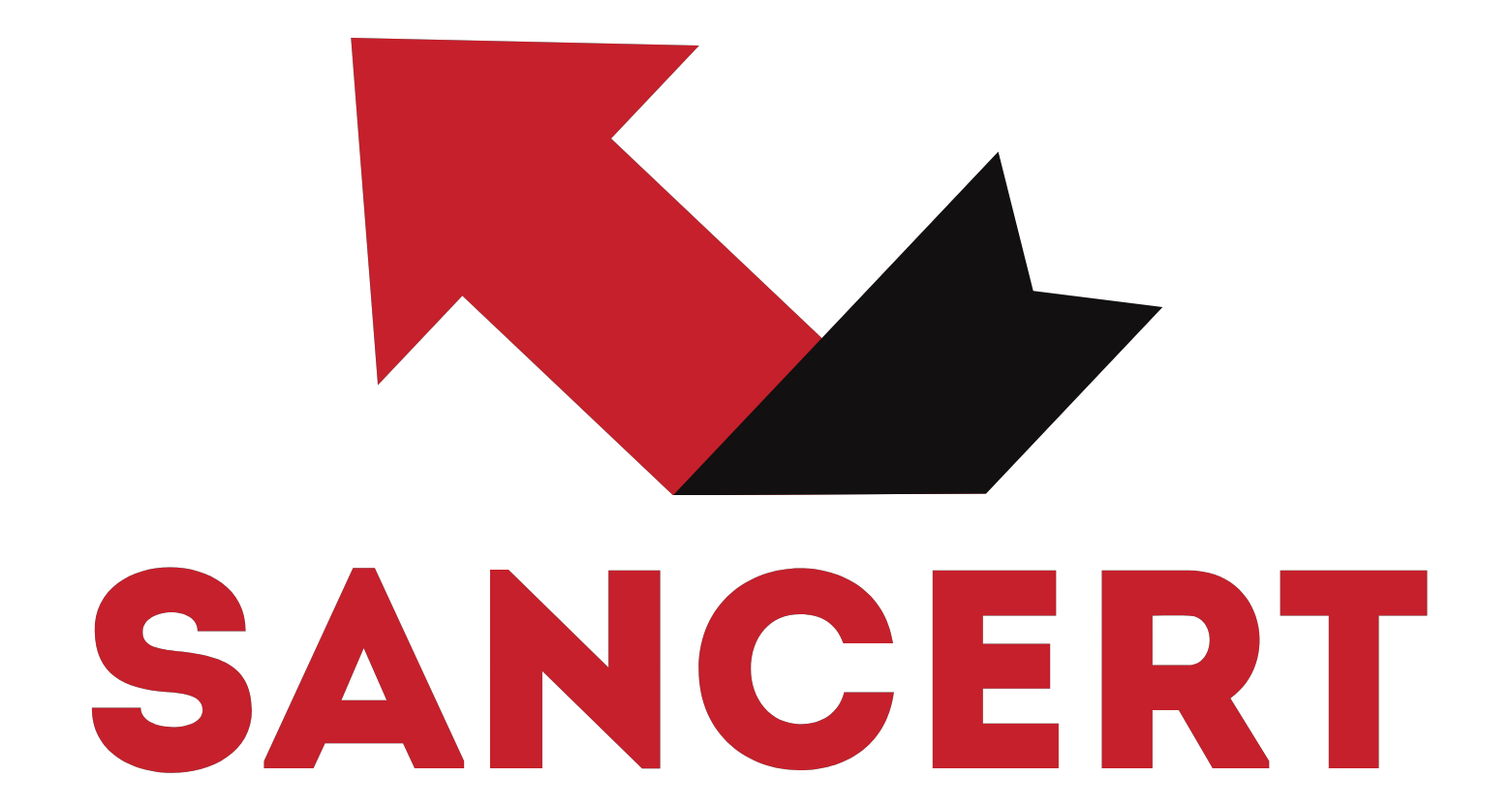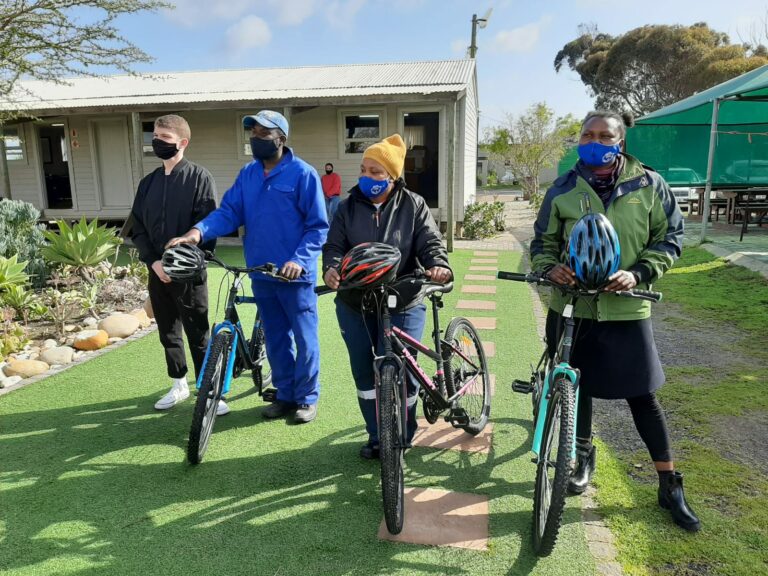President of Saiosh, Robin Jones, asks where we should start to improve occupational health and safety (OHS):
“Years ago, I read a book on firefighting in the United States (US), which focused on injuries to firefighters. The book made three broad statements:
- Each year, more firefighters in the US are killed in firefighting activities, than policemen.
- Every single hazard, to which firefighters can be exposed, has already been identified.
- If the hazards are already known, why do firefighters keep getting killed?
The answer given in the book is that: “there are always NEW firefighters”.
Over the last 12 months or so, I have been privileged to listen to a number of exceptional speakers telling us about the many ways to get results in terms of reducing injuries to employees. I have heard about some companies that have achieved spectacular and sustained decreases in their injury rates.
Sadly, in spite of all these activities and achievements, across all industries we still continue to injure employees and, in some cases, lose workers through fatalities. Some industries, unfortunately, show a higher rate than others.

My observation
The prevention of accidents and injuries could have started as far back as 1941 when the Factories, Machinery and Building Work Act was introduced. Credit must first be given to the mining industry, though, which had legislation introduced in (as far as I’m aware) 1910.
Again: If all the requirements for a safe workplace and safe working conditions are known, why are we still injuring and killing employees?
I could borrow the American firefighters theory, that there are always new employees, but, instead, I want to repeat an anecdote that colleagues have often heard me quote:
Have you ever seen a safety officer with bruises on his/her forehead? The bruising comes when the OHS practitioner runs into a brick wall known as management.
Fortunately, I was lucky enough to work with dedicated management, who were committed to the principle of OHS being a partner in the running of the business, and did not like short cuts. I had management who listened, set the example and “walked the talk”…
How can this dilemma be solved?
I would suggest a threefold approach for all management:
1. Don’t be afraid to ask for help from the OHS practitioners. In addition, look around and learn from your peers. Find out how successful companies get results with injury reductions.
2. Our current legislation, the Occupational Health and Safety Act, is a world-class tool for assisting management to control the workplace and reduce accidents and injuries. The Department of Labour is currently reviewing the Act to improve it even further. Learn to use it rather than reject it.
3. Make safety (the freedom from harm) just as much a part of the business as any other process.
This isn’t the only solution
The great thing about OHS practitioners is that they are resilient. In addition, they have a common motto: “safety is for sharing”. Members must respond to articles and voice their impressions and suggestions. Whether comments are favourable or unfavourable, the sole purpose is to learn how to get an accident-free environment.”
– Saiosh President Robin W Jones



